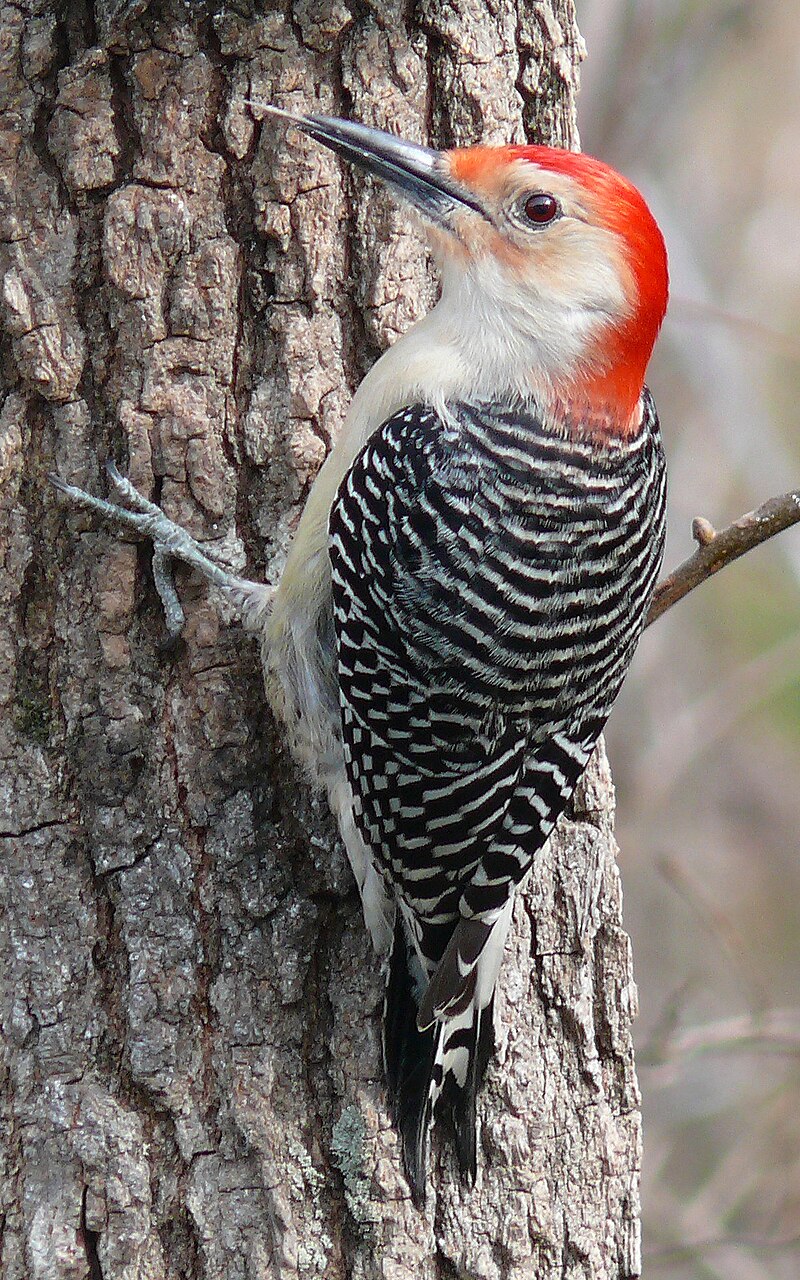Revealing the Tricks of Woodpeckers: Behavior, Habitat, and Extra
Woodpeckers, with their special behaviors and specialized adaptations, have actually lengthy amazed scientists and nature fanatics alike. These amazing birds have a variety of appealing keys that lost light on their survival methods, habitat choices, and complex communication techniques. By uncovering the mysteries surrounding woodpeckers' actions and habitat choices, a deeper understanding of these avian marvels emerges, providing a glance into their fascinating world. So, what makes these birds absolutely extraordinary, and exactly how do they navigate their environment with such accuracy and ability? Let's check out the captivating realm of woodpeckers and untangle the enigmatic details that make them such appealing subjects of research study.
Woodpecker Behavior Insights
In taking a look at woodpecker behavior, a fascinating display screen of specialized skills and adaptations emerges, clarifying their impressive environmental specific niche - Woodpeckers in Florida. Woodpeckers, known for their unique drumming on trees, possess a variety of behavioral characteristics that add to their survival and success in their setting. One key actions is their drumming, which offers several purposes such as interaction, establishing territory, drawing in friends, and situating food resources. This rhythmic pecking also showcases their amazing toughness and endurance, as they can hammer away constantly at broadband without creating harm to themselves.
Moreover, woodpeckers exhibit a special feeding behavior characterized by their capacity to extract insects from tree bark using their specialized beaks. Their long, barbed tongues help in recording victim, while their solid neck muscular tissues supply security and precision during pecking motions. This feeding method allows woodpeckers to access surprise insect larvae and remove them with impressive effectiveness.
Environment Preferences and Option
What aspects affect the habitat choices and choice of woodpeckers? One vital factor affecting woodpecker environment option is the schedule of appropriate nesting websites. Woodpeckers generally choose woodlands with a mix of fully grown trees that give enough possibilities for tooth cavity excavation.
In addition, woodpeckers reveal a preference for environments with an abundant supply of food sources. They are mostly insectivorous, feeding on beetles, ants, larvae, and various other insects found in worn out wood or tree bark. For that reason, woodpeckers tend to prefer woody areas with a varied insect population to satisfy their dietary demands.
Furthermore, the presence of dead or worn out trees is one more essential consider woodpecker habitat selection. These trees not just supply food sources yet likewise provide suitable substratum for cavity excavation. Dead trees are important for the upkeep of healthy woodpecker populations, as they play an essential function in the woodpeckers' life process and ecological community dynamics.
Feeding Behaviors and Diet Regimen Structure
Woodpeckers demonstrate a specialized feeding behavior concentrated on foraging for bugs within different habitats. Their diet mostly consists of insects such as beetles, ants, caterpillars, and crawlers, which they find by touching on tree bark and paying attention for the audio of motion inside. Woodpeckers use their solid beaks to pierce right into the timber and their long, barbed tongues to remove victim from gaps. In enhancement to pests, woodpeckers also take in tree sap, fruits, nuts, and seeds, including range to their diet depending upon the try this site season and availability of food sources.
The foraging strategies of woodpeckers are well-adapted to their arboreal way of life (Woodpeckers in Florida). Their ability to excavate timber not just offers them with food but additionally helps in creating nesting dental caries and resource establishing regions. Woodpeckers play an essential function in keeping the health of woodlands by regulating insect populations and assisting in the decomposition of timber. Understanding their feeding behaviors and diet plan make-up is important for preservation initiatives aimed at preserving these one-of-a-kind and useful birds.
Drumming Sounds and Communication
Utilizing quick drumming noises on numerous surfaces, woodpeckers use a distinctive type of interaction to indicate area borders and draw in friends. This drumming habits is not only a method of interaction yet also functions as a method for woodpeckers to establish their presence within a specific location. The strength, rate, and pattern of the drumming can convey vital information to other woodpeckers in the vicinity.
Woodpeckers use drumming sounds to announce their presence in an area and to advise off prospective intruders. The loud and repetitive nature of the drumming works as a clear signal to other woodpeckers that the area is already declared. This helps in lowering problems and decreasing physical battles in between people.

Survival Adaptations and Specialized Anatomy

Verdict
Finally, woodpeckers show special habits, such as drumming audios for communication, and have specialized composition for survival in their chosen environments. Their feeding behaviors and diet plan composition additionally show their versatility to different environments. By recognizing these elements of woodpeckers, researchers and guardians can much better protect and maintain these fascinating birds and their ecological advice communities.